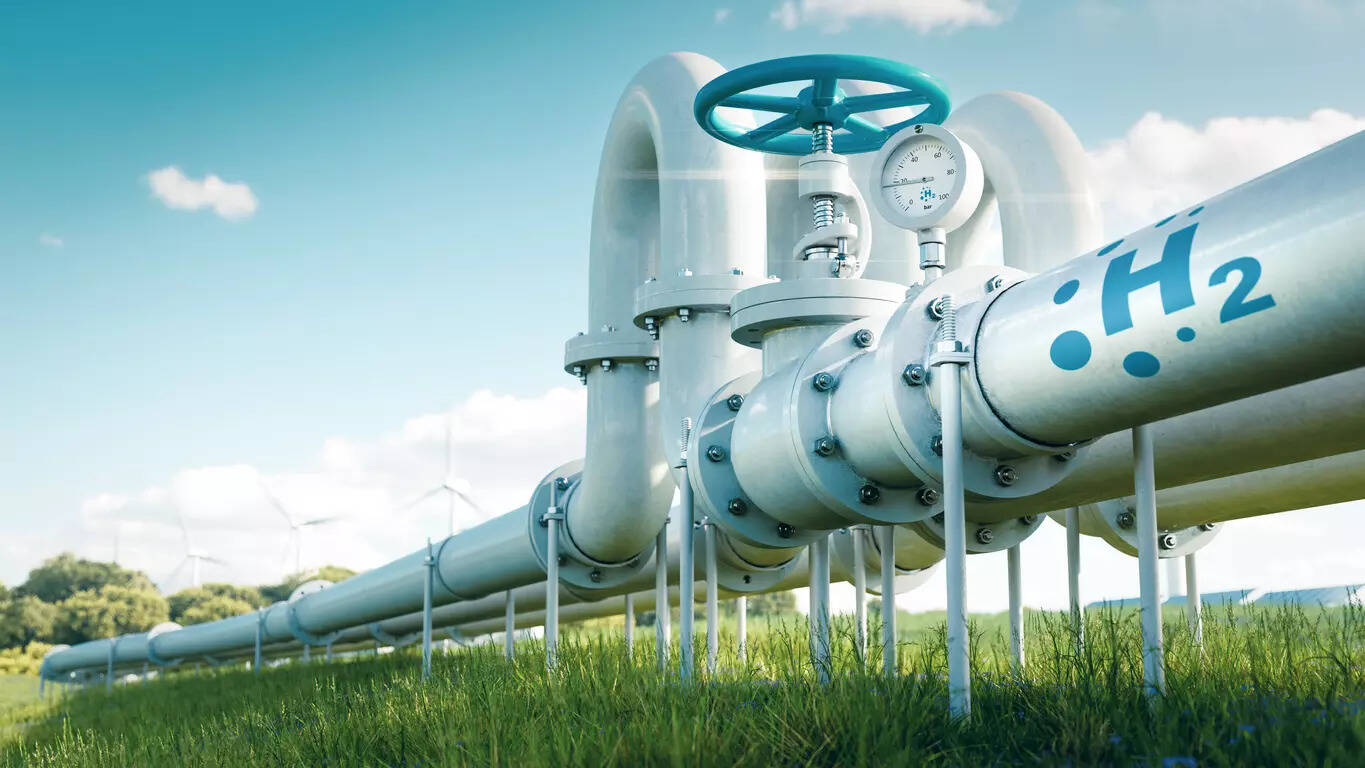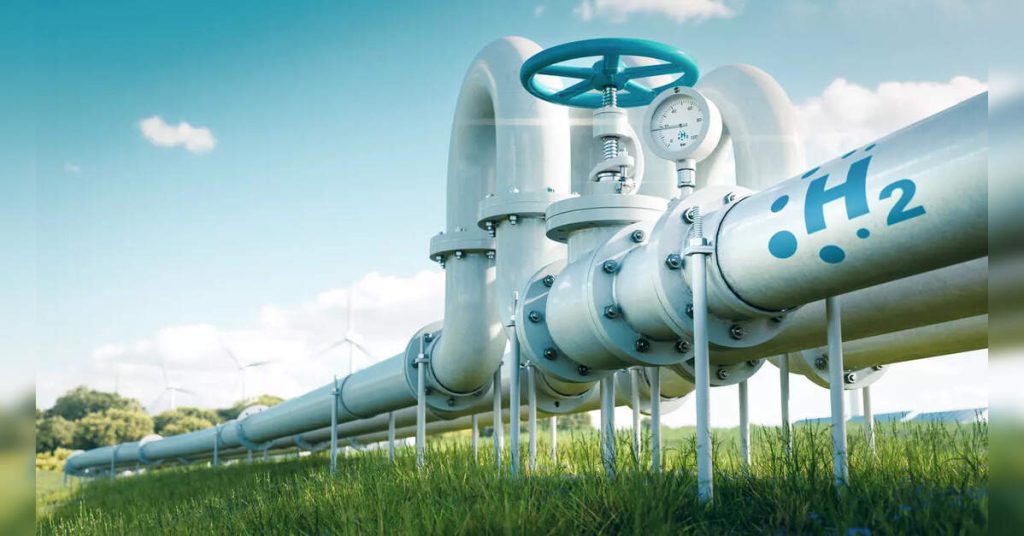
New Delhi: India’s petroleum and gas regulator has drawn up a roadmap for phased hydrogen blending in natural gas pipelines, setting safe thresholds, and benchmarking global pilot projects as reference models for domestic rollouts.
According to a report prepared jointly by the Petroleum and Natural Gas Regulatory Board’s (PNGRB’s) Hydrogen Cell and ICF Consulting India, hydrogen blending of up to 2 per cent can be introduced without requiring changes in appliances and is safe in all networks.
It said that blending in the range of 2–5 per cent is suitable for early-phase pilots provided continuous monitoring is in place. For 5–10 per cent blends, operators would need pre-approved materials and leak detection systems.
The report added that blending of 10–20 per cent hydrogen would require certified appliances, standard operating procedures, and structured risk mitigation protocols.
“Above 20 per cent is only feasible in new networks or after infrastructure adaptation,” the document stated.
Blending criteria highlighted in the report include pipeline material compatibility, age and condition of networks, sensitivity of end-users such as hospitals and food processing units, and geographical differences between urban and rural networks.
Indian context and next steps
The report said that while global experience showed hydrogen blending of up to 20 per cent being technically feasible, actual deployment in India would require a step-wise approach aligned with infrastructure age, geographical factors, and consumer end-use sensitivity.“Policymakers can model the impact of subsidy or viability gap funding on end-user tariffs,” the report noted, adding that regulatory provisions must evolve in parallel with technical pilots.
Tariff and cost modelling
On the financial side, the report provided a cost-modelling framework that factors in hydrogen procurement costs, target blending ratios, energy equivalence corrections between hydrogen and methane, and operational costs for city gas distribution companies.
It added that the framework can be used by city-gas distribution operators for preparing annual performance review filings by the PNGRB tariff committee for assessing the inclusion of hydrogen-related clauses, and by policymakers for modelling the impact of subsidy or viability gap funding on end-user tariffs.
Learnings from global pilots
The report draws extensively from international hydrogen blending pilots to benchmark India’s readiness. It observes that globally conducted pilot projects provide a structured foundation for India to plan controlled hydrogen blending and validates the feasibility of small-scale urban pilots.


